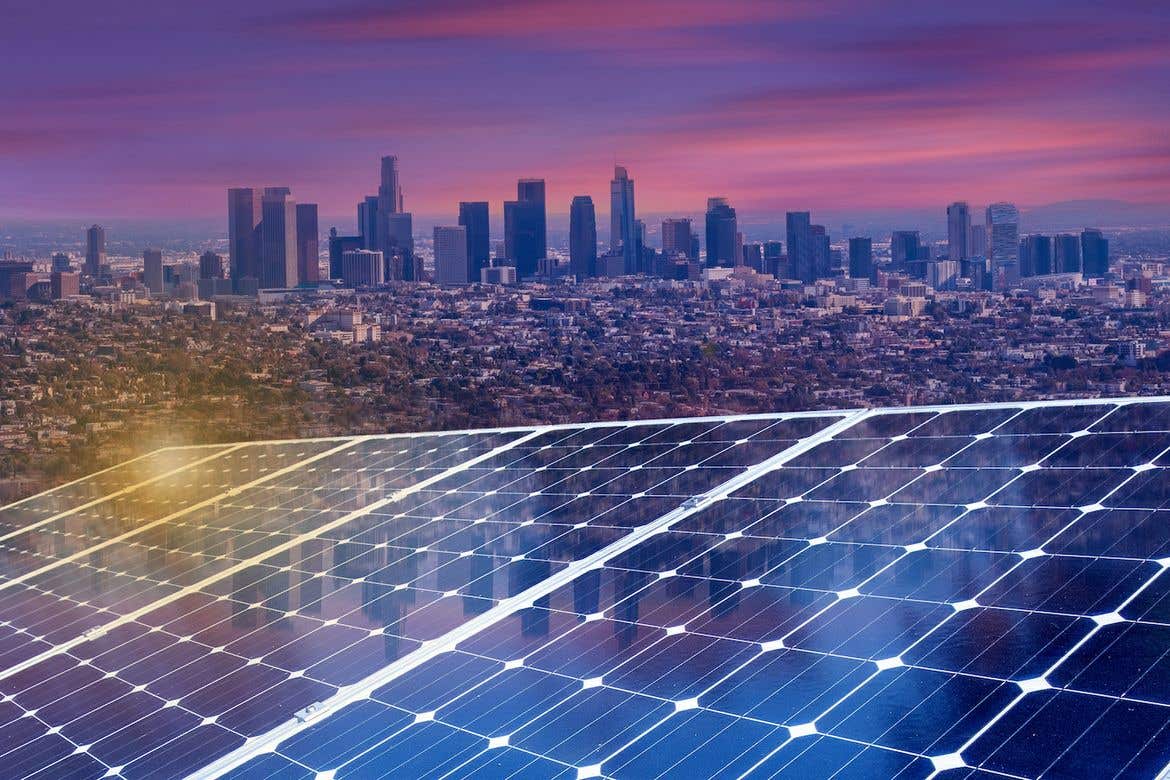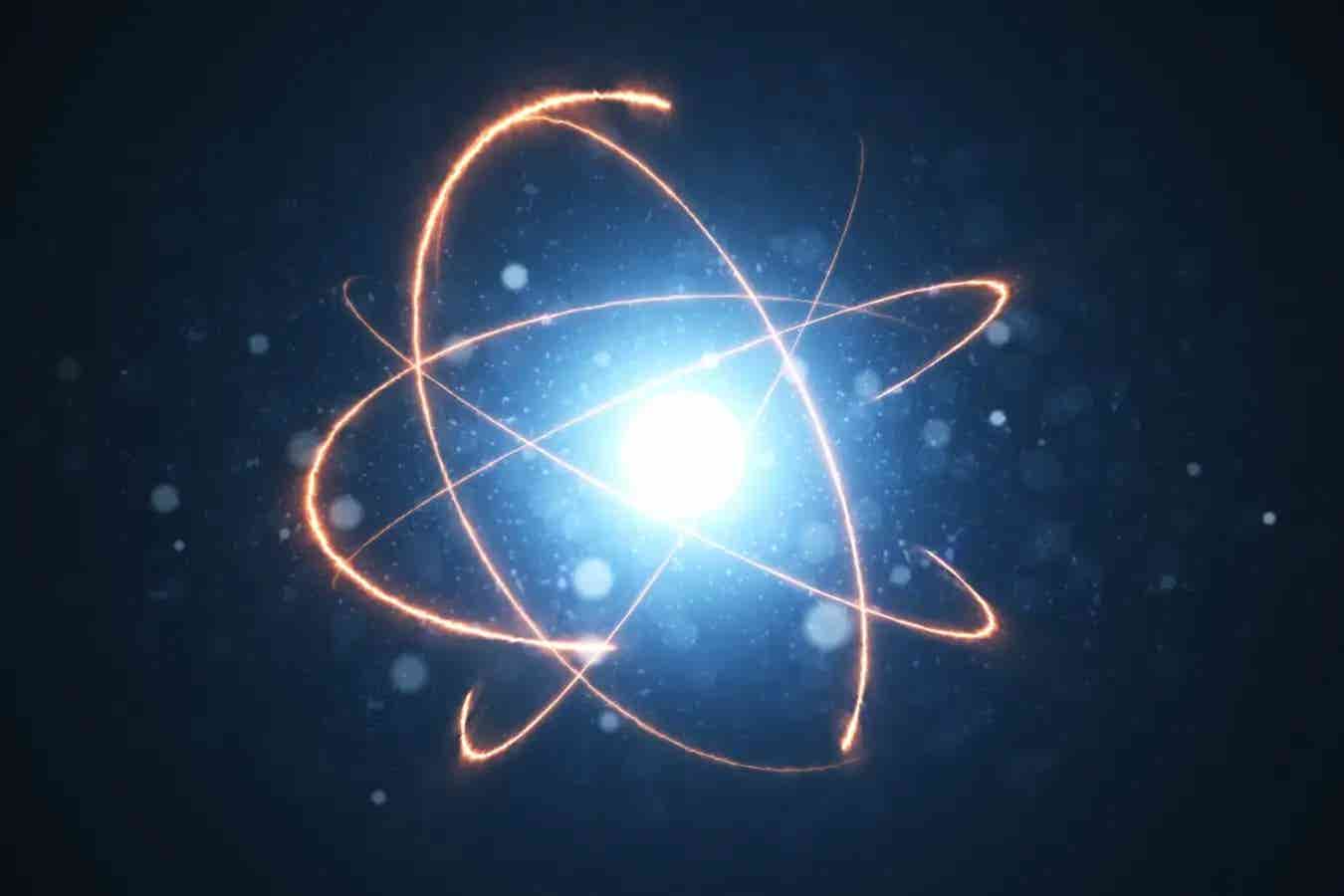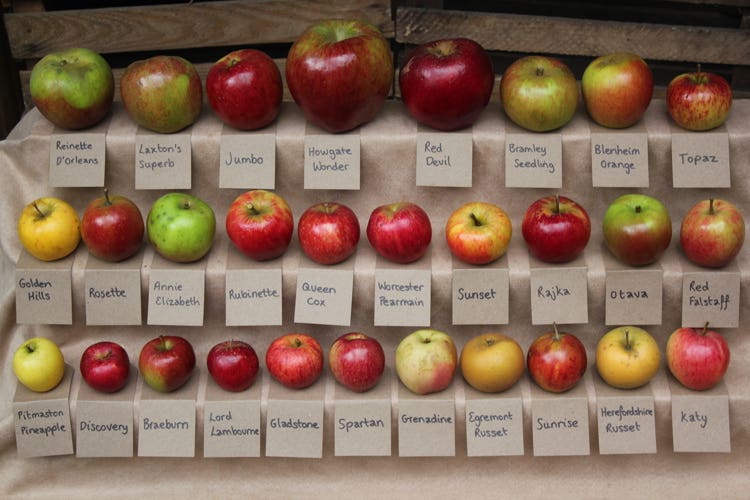Clean energy tax credit could save taxpayers $1 trillion
U.S. clean energy tax credits hinge on life cycle analysis, raising critical questions about fiscal efficiency and genuine climate impacts.

Life cycle analysis underpins U.S. clean energy tax credits, but its application risks fiscal waste and unintended emissions. Safeguards are essential. (CREDIT: CC BY-SA 4.0)
Climate policy is often a balancing act between technology, economics, and environmental integrity. Life cycle analysis (LCA) is one of the tools used to navigate these complexities, promising a structured way to assess the greenhouse gas (GHG) emissions of technologies across their entire lifecycle—from production to disposal.
While this approach aims for consistency, its application in U.S. climate policy has raised critical questions about effectiveness and unintended consequences.
Life cycle analysis is central to evaluating GHG emissions impacts, but it’s far from a straightforward calculator of environmental costs. Instead, LCA frameworks depend heavily on value judgments and methodological choices, which can lead to significant variations in outcomes. These decisions take on outsized importance when tied directly to policy mechanisms, such as tax credits.
The 2022 Inflation Reduction Act (IRA) exemplifies this trend, embedding life cycle analysis into two prominent tax credits: Section 45V for clean hydrogen production and Section 45Y for clean electricity generation.
These uncapped tax credits are poised to shape the energy landscape, with projections estimating trillions of dollars in federal expenditures. However, these benefits hinge on how key benchmarks, such as carbon intensity (CI), are defined and calculated.
Life cycle analysis is not merely a technical exercise; it reflects normative assumptions about environmental trade-offs. For example, choosing the boundaries of what emissions are counted or excluded can determine whether a technology is labeled as clean.
Without standardized methodologies, different stakeholders may reach divergent conclusions about the same project’s environmental impact, fueling controversy and debate.
Life cycle analysis often becomes contentious when defining analytical boundaries. For instance, assigning negative or zero CI to certain feedstocks—such as biogenic methane or waste methane—can distort results.
A feedstock may claim negative emissions by asserting it offsets high-GWP gases like methane in its supply chain. Yet, these offsets rely on assumptions about what emissions would occur without the project—an inherently speculative approach.
Consider a dairy operation with a methane-capturing device for its manure lagoon. If the methane is captured and converted to natural gas, should this reduction count toward a hydrogen producer’s CI? Critics argue that these offsets are temporary and fail to address systemic climate challenges.
Related Stories
Similarly, biogenic CO2 emissions are often excluded from LCA calculations under the assumption that they are part of a natural carbon cycle. This can lead to double counting and overestimated benefits when paired with other carbon accounting systems.
Further complicating the matter, the time frame over which emissions are measured can significantly influence results. Methane, for example, has a much higher global warming potential (GWP) over 20 years than 100 years, which can dramatically alter the calculated CI of a project. Such methodological nuances underscore the challenge of using LCA as a definitive tool for policy.
The stakes are especially high for the 45V hydrogen tax credit, which offers up to $3 per kilogram for clean hydrogen production. Without safeguards, hydrogen producers could exploit LCA rules by blending small amounts of biogenic or waste methane with fossil methane.
Such practices could enable up to 35 million metric tonnes of gray hydrogen production annually, costing taxpayers $1 trillion over a decade and emitting three billion additional tonnes of CO2-equivalent compared to stricter methane control scenarios.
Similarly, the 45Y clean electricity credit faces risks if emissions-intensive technologies qualify through LCA-based offsets. For example, burning biomass while claiming CO2 neutrality could sidestep genuine emission reductions. These loopholes highlight how seemingly technical decisions in LCA can have vast fiscal and environmental ramifications.
Adding to these concerns, long-term infrastructure investments influenced by these tax credits may lock in emissions-intensive technologies. Facilities designed to meet current LCA criteria might abandon low-carbon practices once subsidies expire, undermining the intended climate benefits. This risk of lock-in highlights the need for robust safeguards and continuous monitoring of subsidy-supported projects.
On January 3, 2025, the U.S. Treasury Department finalized regulations addressing these concerns. For the hydrogen tax credit, blending fossil and alternative methane feedstocks is now prohibited, ensuring that CI calculations better reflect actual emissions. Additionally, the regulations mandate baseline scenarios assuming strict methane management, reducing distortions in CI claims.
However, the Treasury did not fully adopt all recommendations. For instance, while it limits negative CI claims for manure-sourced methane, it stops short of disallowing such offsets entirely.
Researchers from institutions like the University of Notre Dame and Princeton University emphasize the need for further safeguards. These include ensuring only activities that actively remove atmospheric carbon receive negative CI scores and reclaiming tax credits if facilities revert to polluting practices post-subsidy.
The finalized regulations also introduce stricter reporting requirements. Producers must now disclose detailed data about feedstock sources, energy inputs, and emissions reductions. This transparency aims to deter manipulation of LCA methodologies and foster greater accountability in the clean energy sector.
The broader lesson is that life cycle analysis is not inherently flawed but must be applied carefully. Its role as a decision-support tool can guide policymakers, but it is ill-suited as a standalone determinant of financial incentives. Misapplied, it risks subsidizing technologies that appear “clean” on paper but fail to deliver long-term environmental benefits.
Published in the journal, Environmental Research Energy, the study underpinning these findings underscores the importance of aligning technical methodologies with policy objectives. Policymakers must anticipate distortions and design regulations that minimize them. This approach ensures that subsidies like the 45V and 45Y tax credits genuinely promote innovation and sustainable practices.
By refining the use of life cycle methods, U.S. climate policy can strike a balance between ambitious environmental goals and the practicalities of technological implementation. The ongoing challenge lies in adapting these frameworks to deliver both fiscal responsibility and genuine climate impact.
Ultimately, the success of these tax credits will depend on their ability to foster meaningful advancements in clean energy. As the clean energy sector evolves, so too must the policies that support it.
Ensuring that tax credits drive real innovation and emissions reductions is not just a matter of technical precision but a critical step toward achieving broader climate goals.
Note: Materials provided above by The Brighter Side of News. Content may be edited for style and length.
Like these kind of feel good stories? Get The Brighter Side of News' newsletter.
Joshua Shavit
Science & Technology Writer | AI and Robotics Reporter
Joshua Shavit is a Los Angeles-based science and technology writer with a passion for exploring the breakthroughs shaping the future. As a contributor to The Brighter Side of News, he focuses on positive and transformative advancements in AI, technology, physics, engineering, robotics and space science. Joshua is currently working towards a Bachelor of Science in Business Administration at the University of California, Berkeley. He combines his academic background with a talent for storytelling, making complex scientific discoveries engaging and accessible. His work highlights the innovators behind the ideas, bringing readers closer to the people driving progress.



